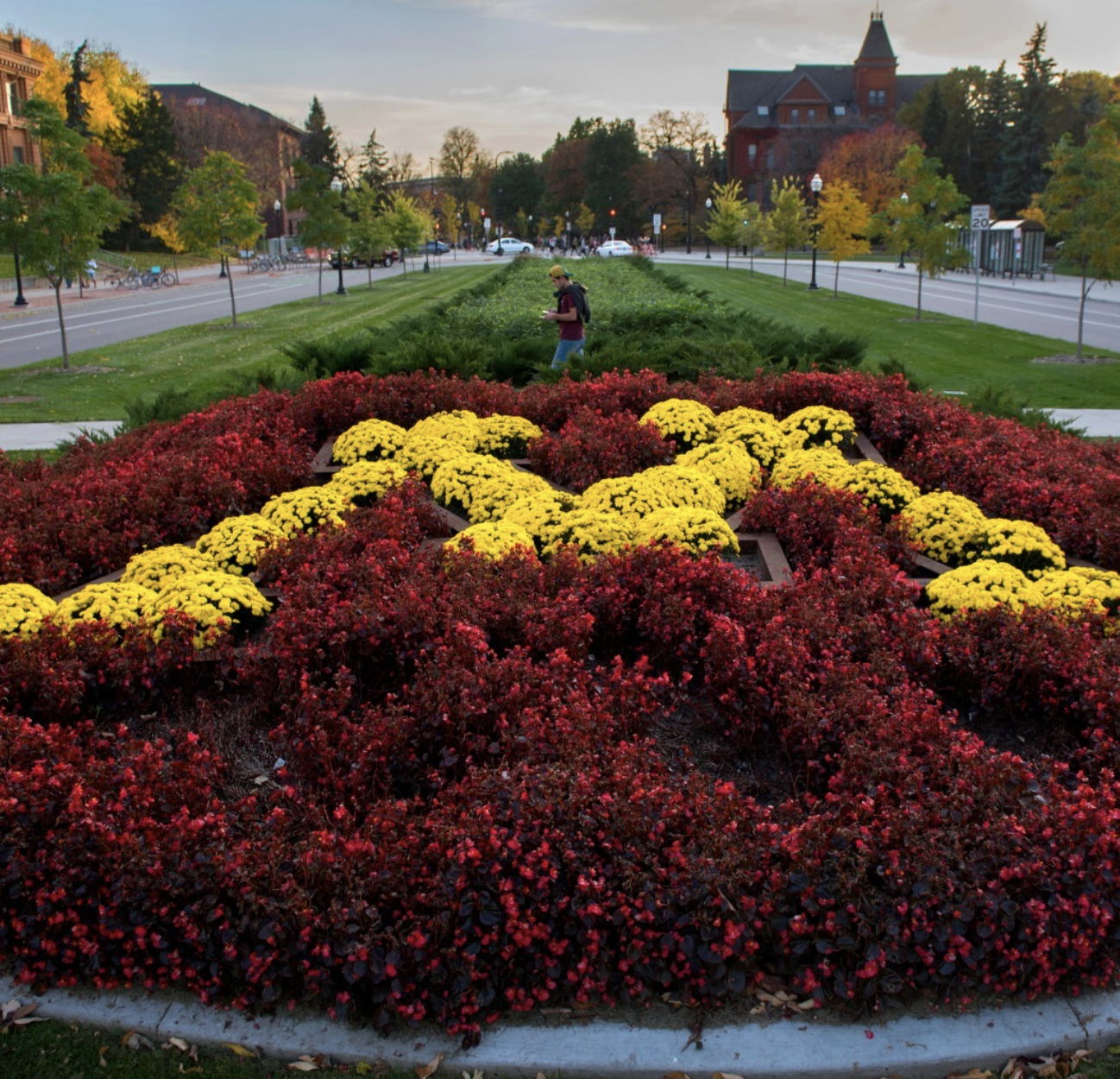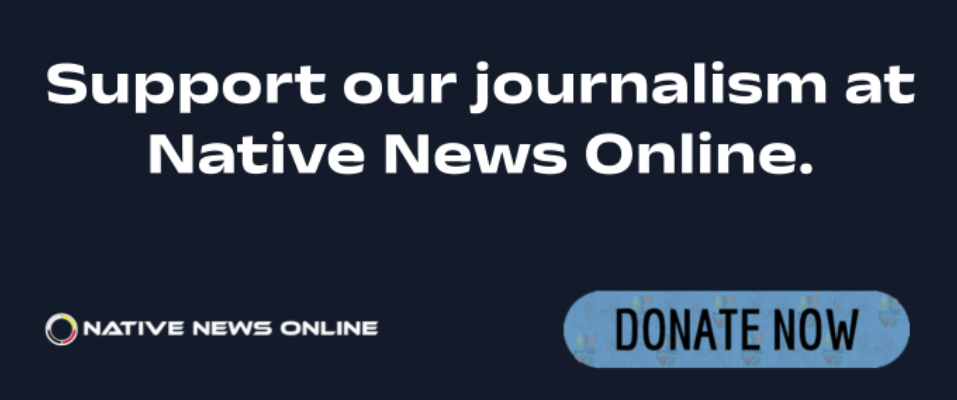
- Details
- By Native News Online Staff
Now, the state’s 11 federally recognized tribes are asking the university for land back, representation among administrators and the student body, and a commitment to “repatriations in perpetuity.”
The research was spurred by the March 2020 High Country News publication of an investigation into the land grab universities across the United States that continue profiting from Native land.
But the Dakota land cessions of 1851, in which four bands relinquished nearly all Dakota territory in Mni Sota Makoce (what is now called Minnesota) at the threat of violence, provided land to more universities than any other cession, HCN reported.
The University of Minnesota was founded in 1851 but closed in 1857 because of financial hardship. It wasn’t until President Abraham Lincoln signed the Morrill Act of 1862 that the university was able to reopen in 1867, through the seed money generated from close to 100,000 acres of land taken from the 11 Minnesota tribes. The Act allowed states to establish public college financed by the development or sale of association federal land grants. More than 10 million acres of the grants were expropriated from tribal lands.
“Nearly 830,000 acres from this treaty — an area almost three times the size of Los Angeles — would help fund the endowment of 35 land-grant universities,” reporters Tristan Ahtone and Robert Lee wrote. “Mni Sota Makoce furnished one out of every 13 acres redistributed under the Morrill Act.”
As a result of the HCN reporting, the Minnesota Indian Affairs Council in 2020 called for a specific accounting of Mni Sóta Maḳoce’s land grab. They created the TRUTH Project—Towards Recognition and University-Tribal Healing, funded by a grant from the Mellon Foundation— to research university-tribal relations from an Indigenous perspective.
Local tribal members combed through academic literature, university records, legislative records, and Indigenous histories to complete their 215-page report on how the University of Minnesota has and continues to undermine tribal sovereignty.
“The University of Minnesota’s founding as a land grant/grab institution in 1851—and then again in 1867— extracted vast amounts of wealth from Tribal Nations,” The TRUTH Project Core Research Team said in a statement. “The institution must account for the perpetual harms that accompany that land expropriation. The U of M must also enact policies that prioritize and maximize the benefits to Indigenous peoples.”
The report calls on the University of Minnesota leadership to work towards healing through reparations, truth-telling, policy change, and transformative justice projects.
“In light of these findings, the institution must formally recognize the harm and genocide committed against Native American peoples, including the theft of language, culture, community, and land that has led to the depressed social determinants of well-being among Indigenous peoples, including education, healthcare, and housing,” the report reads.
Robert Larsen, President of the Minnesota Indian Affairs Council and President of the Lower Sioux Indian Community, said in a statement that the report just scratches the surface.
“I hope people realize these stories are meant to heal, not hurt anyone, and to help more people understand the true history of how we have gotten to the point we are today,” Larsen said. “The work needs to continue. Only when we know better can we do better for our present and future together.”
More Stories Like This
Native News Weekly (August 25, 2024): D.C. BriefsUS Presidents in Their Own Words Concerning American Indians
Haaland Meets with Southern New Mexico Law Enforcement on Public Safety Priorities
This Day in History – Dec. 26, 1862: 38 Dakota Men Executed by Order of Abraham Lincoln
Merry Christmas 2025
Help us defend tribal sovereignty.
At Native News Online, our mission is rooted in telling the stories that strengthen sovereignty and uplift Indigenous voices — not just at year’s end, but every single day.
Because of your generosity last year, we were able to keep our reporters on the ground in tribal communities, at national gatherings and in the halls of Congress — covering the issues that matter most to Indian Country: sovereignty, culture, education, health and economic opportunity.
That support sustained us through a tough year in 2025. Now, as we look to the year ahead, we need your help right now to ensure warrior journalism remains strong — reporting that defends tribal sovereignty, amplifies Native truth, and holds power accountable.
 The stakes couldn't be higher. Your support keeps Native voices heard, Native stories told and Native sovereignty defended.
The stakes couldn't be higher. Your support keeps Native voices heard, Native stories told and Native sovereignty defended.
Stand with Warrior Journalism today.
Levi Rickert (Potawatomi), Editor & Publisher


